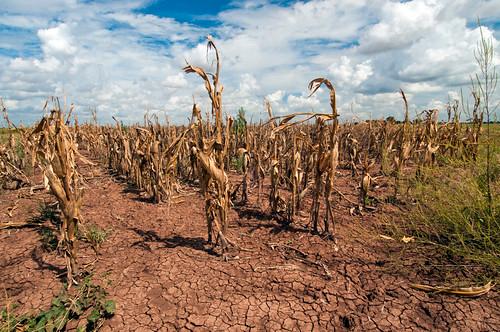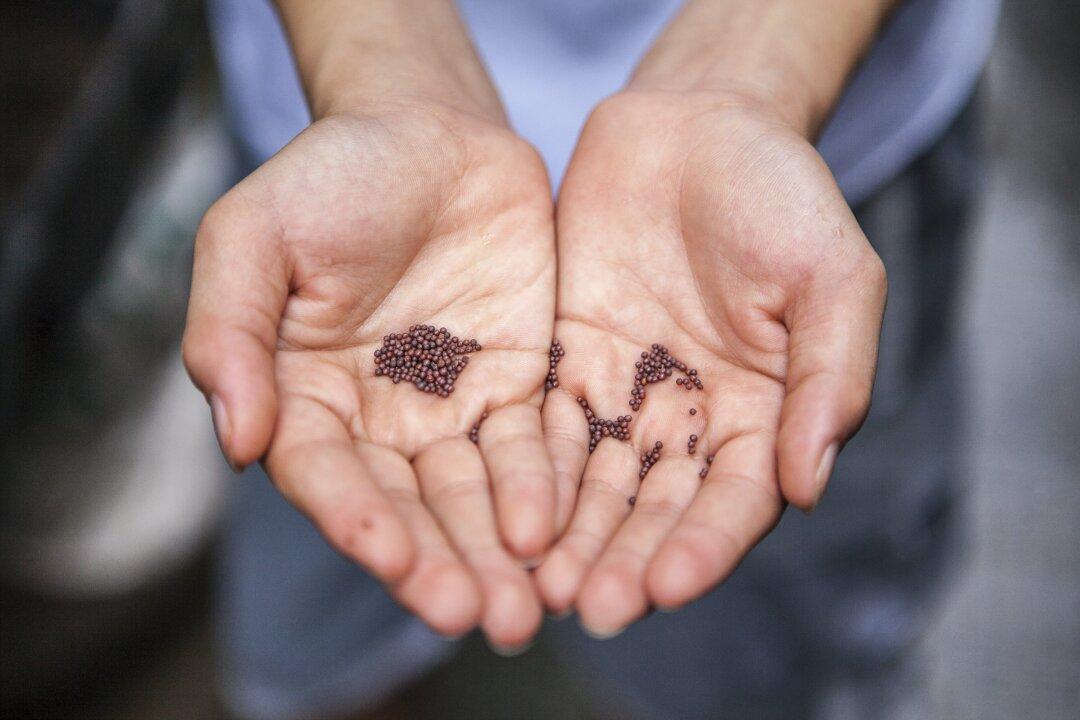A drought is a prolonged shortage in the water supply. They can last for months or years and have a huge impact on the local ecosystem and economy.
We just happen to live a severely drought stricken part of Nebraska. Every step sounds like crunching on egg shells. In large parts of the country, crops are stunted or sparse. Between wildfires and lack of rain, there is no hay to be made. Ranchers are selling off cattle in response to the drought. Homesteaders are selling off or butchering stock. Local fruits and veggies are harder to come by. The blasting winds combined with high heat is sucking the life out of everything.





